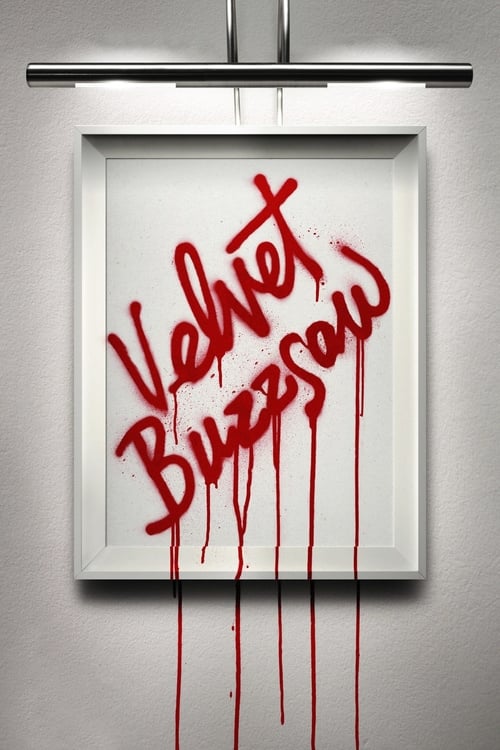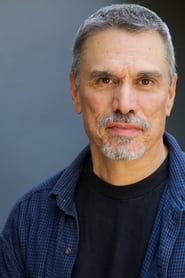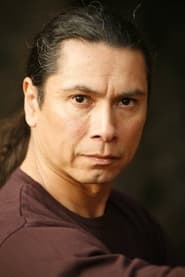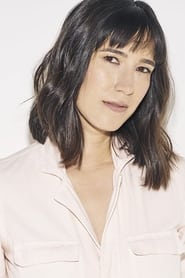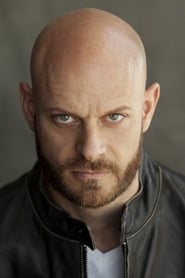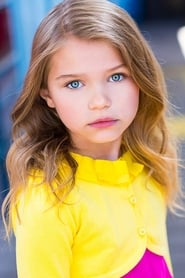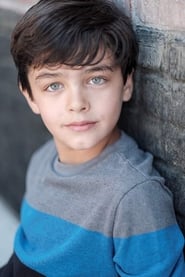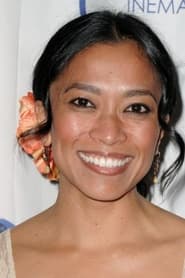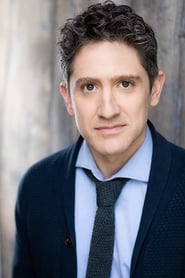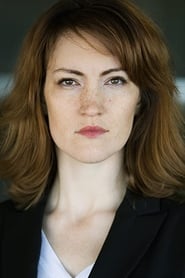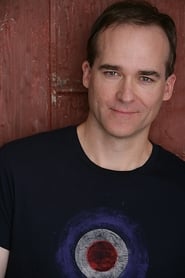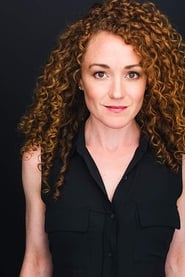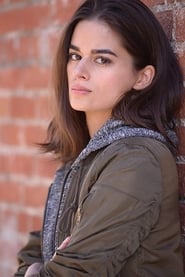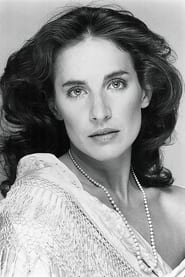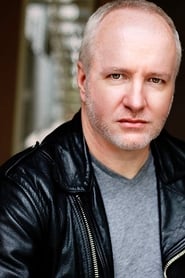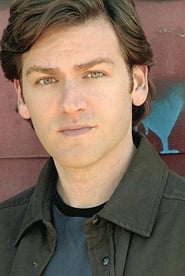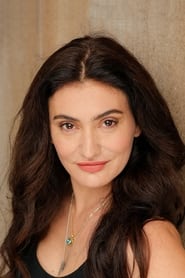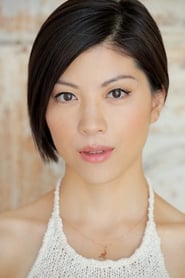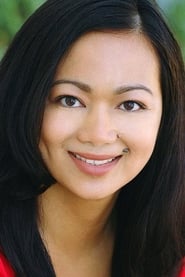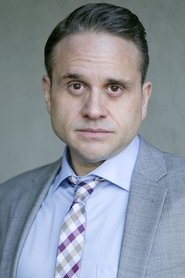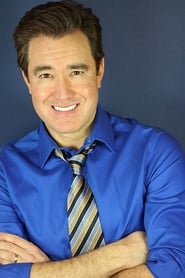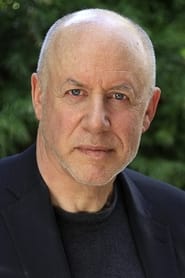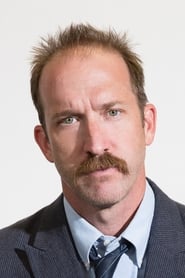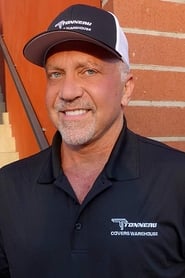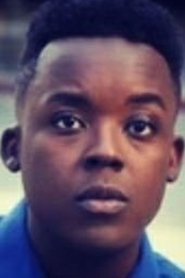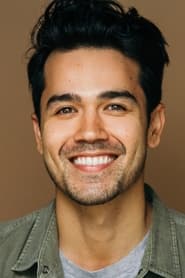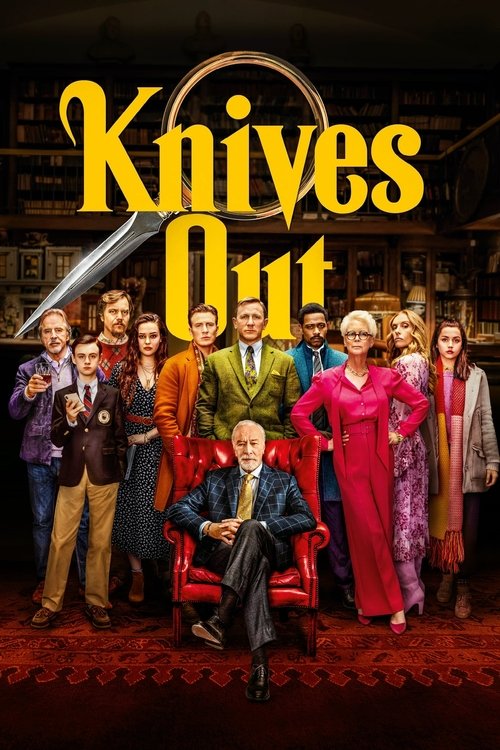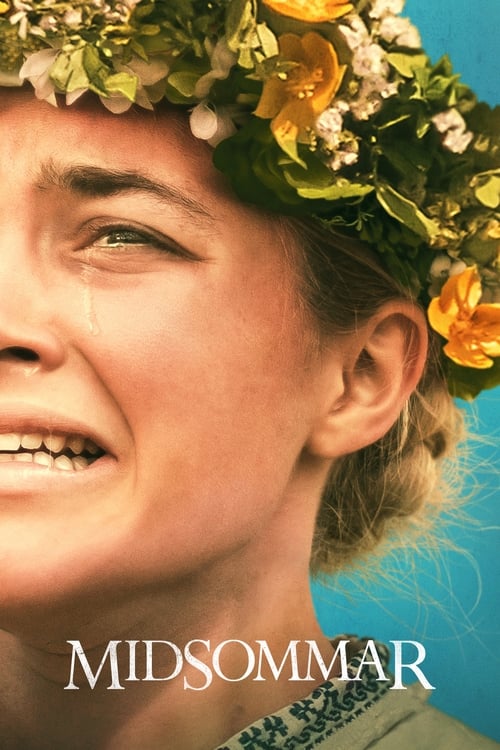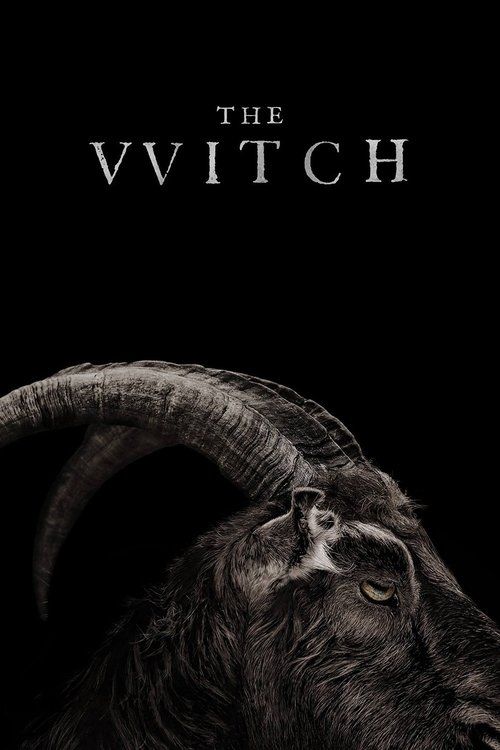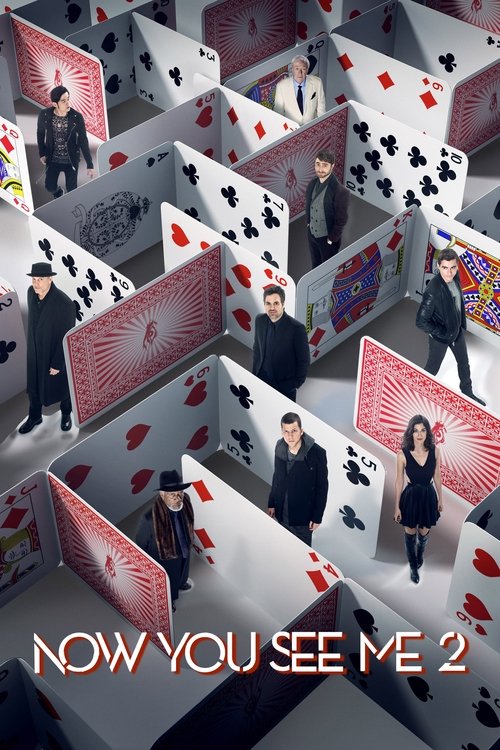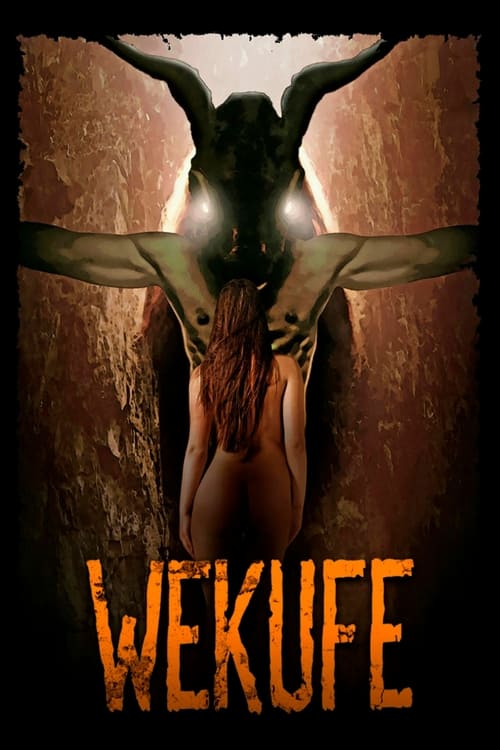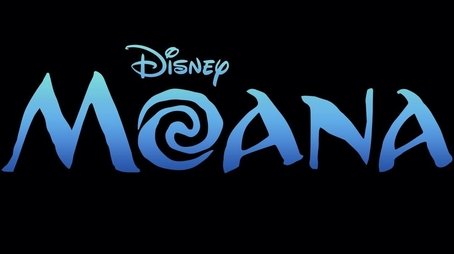
Ask Your Own Question
What is the plot?
The Miami Beach art exhibition hums with the electric buzz of pretension and commerce. It is a world where every glance, every whispered word, carries the weight of future fortune or ruin. Morf Vandewalt, the most feared and influential art critic in Los Angeles, stands at the center of it all, his sharp eyes scanning the crowd, his mind already crafting the sentences that will make or break careers. He is accompanied by Josephina, his friend and assistant to Rhodora Haze, the owner of the Haze Gallery and a former punk rock star whose name still carries a certain mystique. Morf's personal life is as hollow as the canvases he critiques; his relationship with his boyfriend Ed is strained, marked by unspoken dissatisfaction and emotional distance. As the night wears on, Morf and Josephina slip away from the gallery's sterile glamour, their conversation laced with the unspoken tension of mutual ambition and loneliness. By dawn, they are entangled in a fleeting, desperate embrace, a moment of connection that feels more like a transaction than a romance.
Back in Los Angeles, the city's art scene pulses with a different rhythm--frenetic, cutthroat, and obsessed with the next big thing. Josephina returns to her modest apartment building, a place worlds away from the glittering galleries she frequents. On the morning of February 12, she discovers her upstairs neighbor, Vetril Dease, dead in the hallway. The air is thick with the scent of turpentine and decay. Curiosity overtakes her, and she steps into Dease's apartment, a space transformed into a studio filled with dozens of haunting, mesmerizing paintings. The canvases are unlike anything she has ever seen--dark, visceral, pulsing with a raw energy that seems to defy explanation. Scattered among them are ashes, the remnants of other works Dease tried to destroy before his death. Josephina's heart races as she realizes the potential value of these pieces. She takes several of the paintings, ignoring the ominous silence that seems to linger in the room, and brings them to Morf.
Morf is immediately captivated. "These are extraordinary," he murmurs, his voice tinged with awe as he studies the paintings. "There's something… alive in them." He shows the works to Rhodora Haze, who is equally entranced. "We have to exhibit these," she declares, her eyes gleaming with the prospect of fame and profit. The Haze Gallery becomes the epicenter of a new art sensation. Dease's paintings are unveiled to the public, and the response is overwhelming. Collectors, critics, and artists alike are drawn to their unsettling beauty. Gretchen, Morf's art curator friend, is mesmerized. Piers, a once-celebrated artist now struggling with irrelevance, sees in Dease's work a reflection of his own lost genius. Damrish, a young, rising star, is both inspired and intimidated. Even Bryson, the gallery's installation technician, feels the paintings' strange pull.
But as the paintings gain attention, a series of violent, inexplicable deaths begin to plague those connected to them. The first is a driver transporting the paintings, who dies in a fiery car crash. The second is a rival gallery owner, who is found dead after interacting with a sculpture in Rhodora's museum. The deaths are gruesome, each one more bizarre than the last, and a pattern begins to emerge: those who benefit from the exploitation of Dease's art are the ones who die. Morf, ever the skeptic, initially dismisses the connection, but as the body count rises, he starts to suspect the truth. "It's the paintings," he says to Josephina, his voice trembling with a mix of fear and fascination. "They're coming alive. They're killing us."
Josephina's relationship with Damrish deteriorates as the pressure mounts. At a dive bar, Damrish confronts her, his frustration boiling over. "I won't be part of this," he says, his voice sharp with anger. "I won't let my art be used to make money for people like Rhodora." They break up, and Josephina leaves the bar, her mind racing with guilt and fear. Outside, she is suddenly transported to a surreal gallery where the graffiti paintings melt around her, enveloping her skin in a suffocating embrace. She screams, but no one hears her. When she returns to reality, she is left with a lingering sense of dread, her image now etched onto a wall of graffiti, a silent warning of the curse that has taken hold.
Morf, desperate to understand the source of the deaths, begins to investigate Dease's past. He learns that Dease lived a tortured life, marked by mental illness and time spent in an asylum. The artist's attempts to destroy his own work were not just acts of self-loathing but a desperate plea to erase the pain he had poured into his art. Morf realizes that the paintings are not just beautiful--they are dangerous, imbued with a supernatural force that punishes those who exploit art for greed and profit. "They're not just paintings," he says to Rhodora, his voice heavy with regret. "They're a curse."
Rhodora, now convinced that the deaths are connected to Dease's art, decides to remove all the paintings from her gallery and her home. She hires a team to transport the works, but the process is fraught with tension. As the paintings are moved, another death occurs--a technician is killed in a gruesome accident, his body mangled by the very art he was trying to protect. Rhodora sits outside her house, the weight of her guilt pressing down on her. The buzz saw tattoo on her neck, a relic of her punk rock past, begins to spin violently, slashing her flesh and killing her. Her blood stains the pavement, a final testament to the price of greed.
Morf, haunted by the deaths and the realization that he is next, takes some of the paintings to his storage unit. As he places them inside, he discovers a deactivated robotic art piece called Hoboman, which he had previously criticized. The robot springs to life, its mechanical limbs moving with a sinister purpose. "Please," Morf pleads, his voice breaking with fear. "I didn't mean it. I didn't know." But Hoboman is relentless, chasing Morf into a dead end and breaking his neck. His body is found the next morning by Coco, Rhodora's new assistant, who is left to grapple with the aftermath of the curse.
The film ends with a final scene that offers a glimmer of hope. The closing credits roll over a video of an artist who has escaped the revenge of the paintings. He ignores the monetary value of art and is merrily creating something original for himself, a symbol of the true spirit of creativity that transcends greed and exploitation. The curse of Dease's art lingers, a reminder of the dangers of commodifying art and the price of ignoring its deeper meaning. The world of high art, with its superficiality and greed, is left to face the consequences of its actions, while the true artists continue to create, unburdened by the weight of commerce.
What is the ending?
In the ending of "Velvet Buzzsaw," the characters face dire consequences for their actions surrounding the art of the deceased artist, Vetril Dease. As the supernatural elements of Dease's work come to life, several characters are killed in gruesome ways. Ultimately, the art world is left in chaos, and the final scene reveals that the cycle of vengeance may continue.
As the film approaches its climax, the tension escalates within the art gallery. The first significant event occurs when Morf Vandewalt, a prominent art critic, is confronted by the malevolent spirit of Vetril Dease. Morf, who had previously dismissed the warnings about Dease's art, finds himself trapped in a dark, surreal space filled with Dease's haunting creations. The atmosphere is thick with dread as Morf realizes that the art he once praised is now a weapon against him. In a shocking turn, he is attacked by a piece of art that comes to life, leading to his gruesome demise.
Next, we shift to the character of Rhodora Haze, the ambitious gallery owner. Rhodora, who had been reveling in the success of Dease's work, is soon met with her own fate. After a series of unsettling occurrences, she is lured into a room filled with Dease's art. The walls seem to close in on her, and she is ultimately ensnared by the very art she sought to exploit. The scene is chilling, as the viewer witnesses her panic and desperation, culminating in her death.
The narrative then focuses on the character of Josephina, who initially discovered Dease's work and played a pivotal role in bringing it to the forefront of the art world. As the chaos unfolds, Josephina becomes increasingly aware of the danger surrounding her. In a moment of realization, she attempts to escape the gallery, but the vengeful spirit of Dease is relentless. In a harrowing scene, she is confronted by the art that she once admired, leading to her own tragic end.
Finally, we see the character of Gretchen, who had been a supportive figure throughout the film. However, her fate is similarly grim. As the supernatural elements of Dease's art wreak havoc, Gretchen finds herself caught in the crossfire. The film culminates in a haunting scene where she, too, falls victim to the wrath of the art, leaving the audience with a sense of foreboding.
The final moments of "Velvet Buzzsaw" reveal a chilling tableau of the art world in disarray. The camera pans over the gallery, now a site of horror rather than celebration. The fate of each character serves as a stark reminder of the consequences of greed, exploitation, and the disregard for the true essence of art. The film closes with a lingering sense of unease, suggesting that the cycle of vengeance may not be over, leaving the audience to ponder the implications of their actions.
Is there a post-credit scene?
In "Velvet Buzzsaw," there is no post-credit scene. The film concludes without any additional scenes or content after the credits roll. The story wraps up with the fates of the main characters following the supernatural events surrounding the cursed artwork, leaving the audience with a sense of finality regarding the narrative. The absence of a post-credit scene aligns with the film's focus on the themes of art, greed, and the consequences of exploitation in the art world.
What motivates Morf Vandewalt to change his perspective on art throughout the film?
Morf Vandewalt, a prominent art critic, initially thrives on the commercial success of the art world, often prioritizing trends over genuine emotion. However, after encountering the mysterious and haunting works of the late artist Vetril Dease, he becomes increasingly unsettled by the dark themes and violent occurrences surrounding the art. His internal conflict grows as he grapples with the consequences of his previous endorsements and the realization that art can have a profound, even dangerous impact on reality.
How does the character of Josephina contribute to the unfolding events in the story?
Josephina, an ambitious art dealer, discovers the works of Vetril Dease after the artist's death. Her initial excitement about the potential for profit drives her to showcase the art, but her motivations shift as she becomes aware of the sinister nature of the pieces. As she witnesses the deadly consequences of the art, her guilt and fear grow, leading her to question her choices and the moral implications of exploiting Dease's work for personal gain.
What role does the character of Rhodora play in the art gallery's dynamics?
Rhodora, the owner of the art gallery, embodies the cutthroat nature of the art world. She is fiercely competitive and often dismissive of others, including her assistant Josephina. Rhodora's desire to maintain her status and influence in the art scene drives her to promote Dease's work, despite the ominous events that unfold. Her character represents the greed and ambition that permeate the gallery, ultimately leading to her own downfall as she becomes a victim of the very art she sought to exploit.
What is the significance of the character Vetril Dease in the narrative?
Vetril Dease, the reclusive artist whose works become central to the plot, serves as a catalyst for the unfolding horror. His art, filled with dark themes and violent imagery, reflects his troubled psyche and the pain he experienced in life. After his death, the art takes on a life of its own, exacting revenge on those who exploit it. Dease's character embodies the idea that art can transcend its creator, becoming a powerful force that can influence and even destroy those who fail to respect its origins.
How do the supernatural elements manifest through the art in the film?
The supernatural elements in 'Velvet Buzzsaw' are intricately tied to the art of Vetril Dease. Each piece seems to possess a malevolent spirit, reacting violently to those who disrespect or exploit it. Characters who interact with the art experience terrifying visions and, ultimately, fatal consequences. The art acts as a conduit for Dease's rage and pain, illustrating how his unresolved issues and the exploitation of his work lead to a series of gruesome deaths, emphasizing the theme that art can have a life of its own.
Is this family friendly?
"Velvet Buzzsaw" is not considered family-friendly and contains several elements that may be objectionable or upsetting for children or sensitive viewers. Here are some aspects to be aware of:
-
Graphic Violence: The film includes scenes of violence that are depicted in a graphic manner, including deaths that occur in unsettling ways.
-
Supernatural Elements: The presence of supernatural themes may be disturbing, particularly as they relate to the vengeful spirits of the art world.
-
Strong Language: There is frequent use of profanity throughout the film, which may not be suitable for younger audiences.
-
Themes of Greed and Betrayal: The narrative explores dark themes such as greed, betrayal, and the cutthroat nature of the art industry, which may be complex and unsettling for younger viewers.
-
Mature Content: There are adult situations and discussions that revolve around relationships, ambition, and the darker sides of human nature.
These elements contribute to the film's overall tone, which is more suited for mature audiences.

